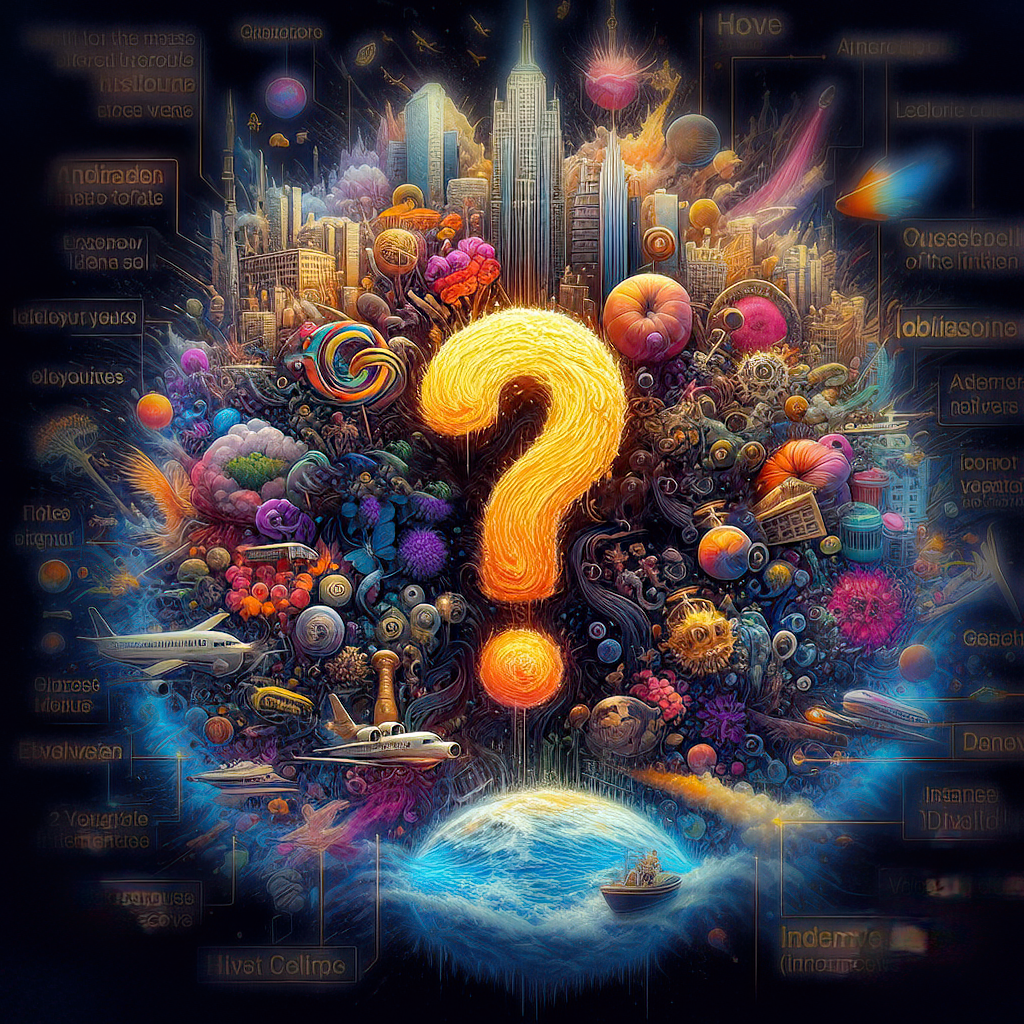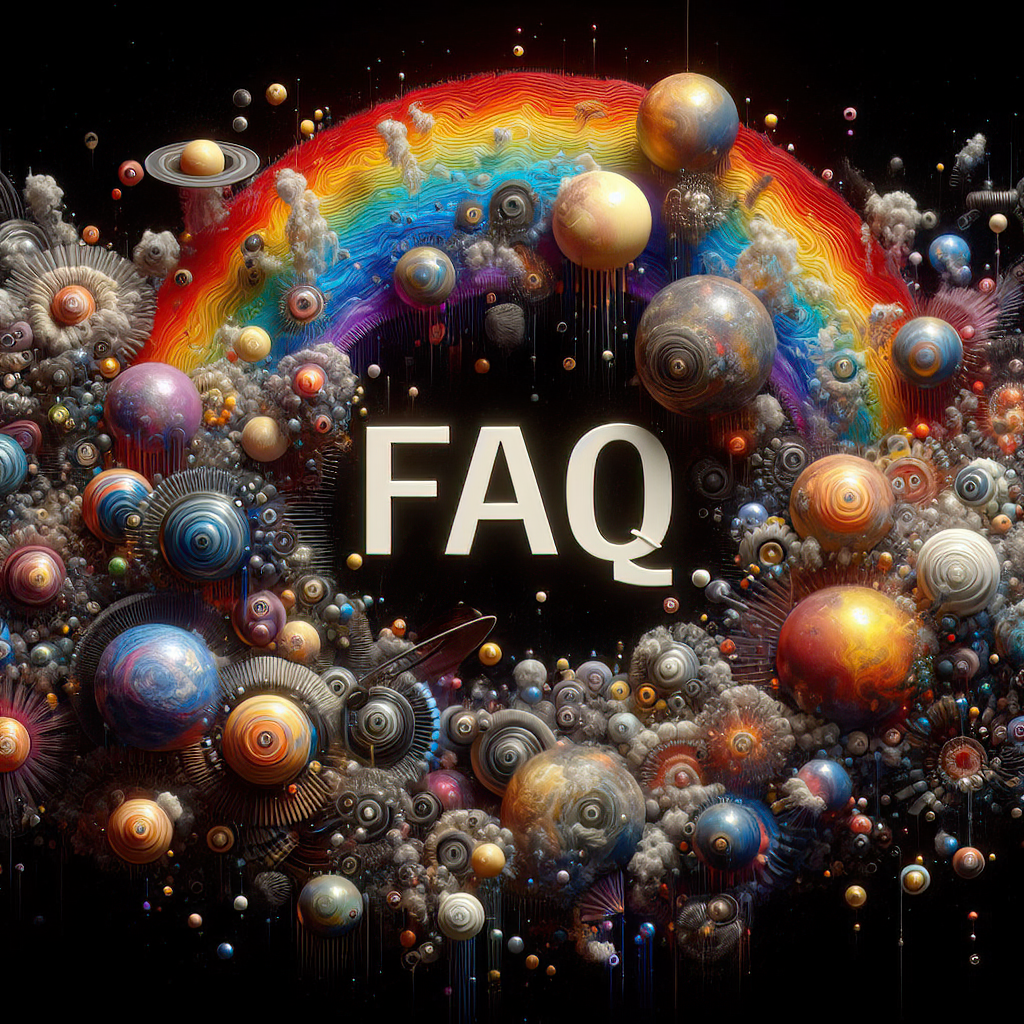
by Bill Tiepelman
Turning Scenes Into Storyboards
Turning Scenes Into Storyboards: A Secret Weapon for Writers As writers, we often see our stories play out like movies in our minds. But when it comes time to put those cinematic moments into words, the details can get fuzzy, pacing might falter, and the emotional impact doesn’t always hit the way it should. That’s where storyboarding comes in. While it’s traditionally a tool for filmmakers, storyboarding can be a game-changer for writers, helping you visualize key scenes, refine pacing, and even uncover hidden layers of your narrative. So, what exactly is storyboarding for writers, and how can you use it to elevate your storytelling? Let’s dive in. What Is Storyboarding for Writers? At its core, storyboarding is a visual representation of your story, broken down into panels or frames that depict the sequence of events. Think of it as creating a comic strip version of your scenes, where each panel represents a moment in time. While filmmakers use it to plan camera angles and movement, writers can use it to map out action, dialogue, and even emotional beats in a scene. The best part? You don’t need to be an artist to create a storyboard. Stick figures, rough sketches, or even a series of descriptive captions can work wonders. Why Writers Should Use Storyboards Storyboarding might sound like extra work, but trust me, it’s worth it. Here’s how it can transform your writing process: Clarify Pacing: Seeing a scene laid out visually helps you identify if events are unfolding too quickly or dragging on too long. Enhance Visual Details: Storyboarding forces you to think about the physical space, character movements, and visual elements in your scenes. Identify Plot Holes: By mapping out a sequence of events, you’ll quickly spot gaps or inconsistencies in the narrative. Strengthen Emotional Impact: Visualizing characters’ expressions and body language can help you write more powerful emotional beats. Step 1: Choose a Scene to Storyboard Start small. Pick a pivotal scene—maybe it’s a dramatic confrontation, a chase sequence, or a tender moment of connection. This could be a scene you’re struggling to write or one that’s crucial to your story’s arc. For example, if you’re working on a high-stakes action scene, storyboarding can help you track the physical movements of characters, making the sequence feel more dynamic and realistic. Step 2: Break It Down Into Beats Every scene has beats—key moments or actions that drive the narrative forward. Before sketching or drafting your storyboard, write down these beats. For instance, in a confrontation scene, the beats might include: The characters enter the room and size each other up. The protagonist makes an accusation. The antagonist deflects, revealing new information. The conversation escalates into a heated argument. The antagonist storms out, leaving the protagonist reeling. Breaking the scene into beats ensures you don’t miss any critical moments when storyboarding. Step 3: Create Your Panels Now it’s time to bring the scene to life. Draw a series of panels on a sheet of paper or use digital tools like Canva or Storyboard That. Each panel should represent one beat or moment in the scene. For writers who aren’t comfortable drawing, don’t worry! Stick figures, arrows, and descriptive captions are more than enough to communicate what’s happening. The goal isn’t artistry—it’s clarity. Step 4: Add Details As you fill in your panels, think about the details: Character Placement: Where are your characters standing? Are they close together or far apart? Are they sitting or moving? Facial Expressions: What emotions are they feeling, and how can you show that visually? Environment: What does the setting look like? Are there props or elements in the background that add to the scene’s mood? These details will help you bring the scene to life in your writing, making it more vivid and immersive for readers. Step 5: Analyze and Adjust Once your storyboard is complete, step back and look at the sequence as a whole. Ask yourself: Does the scene flow logically from one moment to the next? Are the pacing and rhythm satisfying? Do the visuals match the tone and emotion of the scene? If something feels off, adjust your panels until everything clicks. Then, use your storyboard as a guide while writing or revising the scene. Going Beyond Individual Scenes Once you’ve mastered storyboarding for single scenes, try using it for larger sections of your story or even the entire plot. Visualizing your narrative arc can help you spot patterns, themes, and pacing issues across the story as a whole. For example, you might storyboard a series of connected scenes to ensure they flow smoothly or map out a complex climax to keep track of multiple characters and events. Tools and Resources for Storyboarding If you’re ready to give storyboarding a try, here are some tools to get you started: Pen and Paper: The simplest and most accessible method. Grab a notebook and start sketching! Digital Tools: Canva, Storyboard That, and Adobe Spark offer templates and easy-to-use interfaces for digital storyboarding. AI Tools: Platforms like DALL-E or Artbreeder can help you generate quick visuals to include in your panels. Final Thoughts Storyboarding isn’t just for filmmakers—it’s a versatile and powerful tool for writers. Whether you’re mapping out an action-packed chase or an emotionally charged dialogue, storyboarding can help you visualize, refine, and elevate your scenes. And the best part? You don’t need artistic talent to make it work. So grab your pen, your laptop, or whatever tools you have on hand, and start turning your scenes into storyboards. Your story will thank you for it. Visualize Your Story Like Never Before Storyboarding isn’t just for filmmakers—it’s a powerful tool for writers to bring their scenes to life. But what if you could take your storyboarding to the next level with professional-quality visuals and expert guidance? At Unfocussed Photography and Imaging, we offer services tailored to writers looking to enhance their storytelling process. Whether you’re outlining scenes, refining pacing, or creating visuals for pitches and promotions, we’re here to help. Custom Storyboard Design: Collaborate with us to create detailed, visually stunning storyboards for your key scenes or entire narrative. Scene Concept Visualizations: Translate your ideas into polished, professional artwork that captures the essence of your story. Character and Setting Sketches: Add depth to your world-building with bespoke illustrations of your story’s key elements. Bring your story to life with visuals that resonate and captivate. Let’s make your vision a reality. Explore our services today and take your storytelling to new heights!








